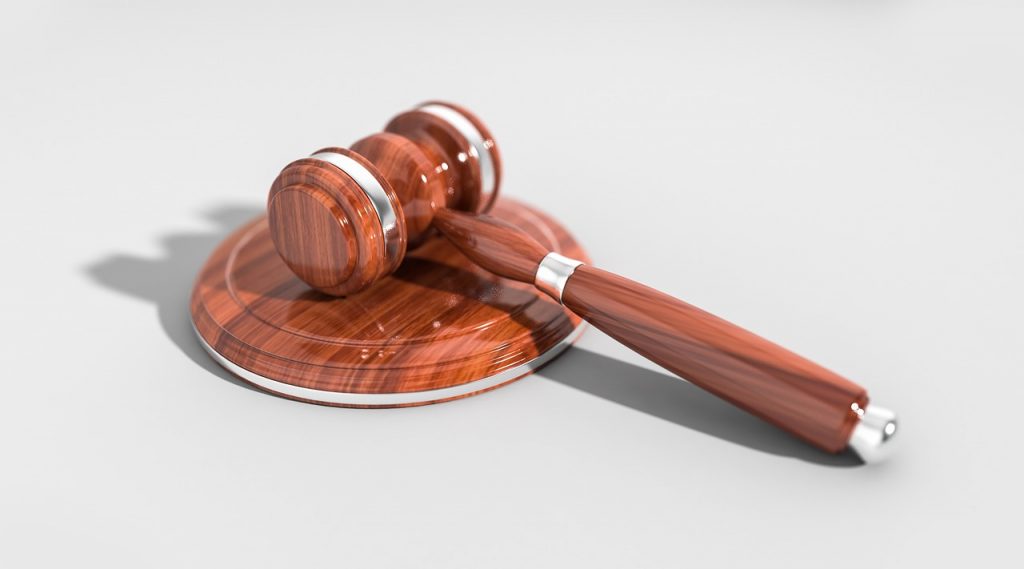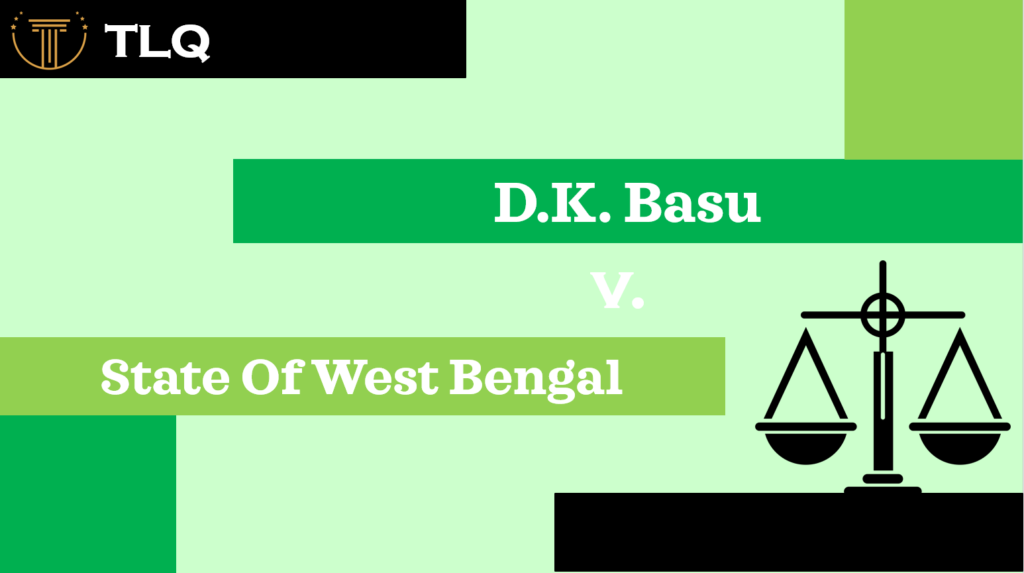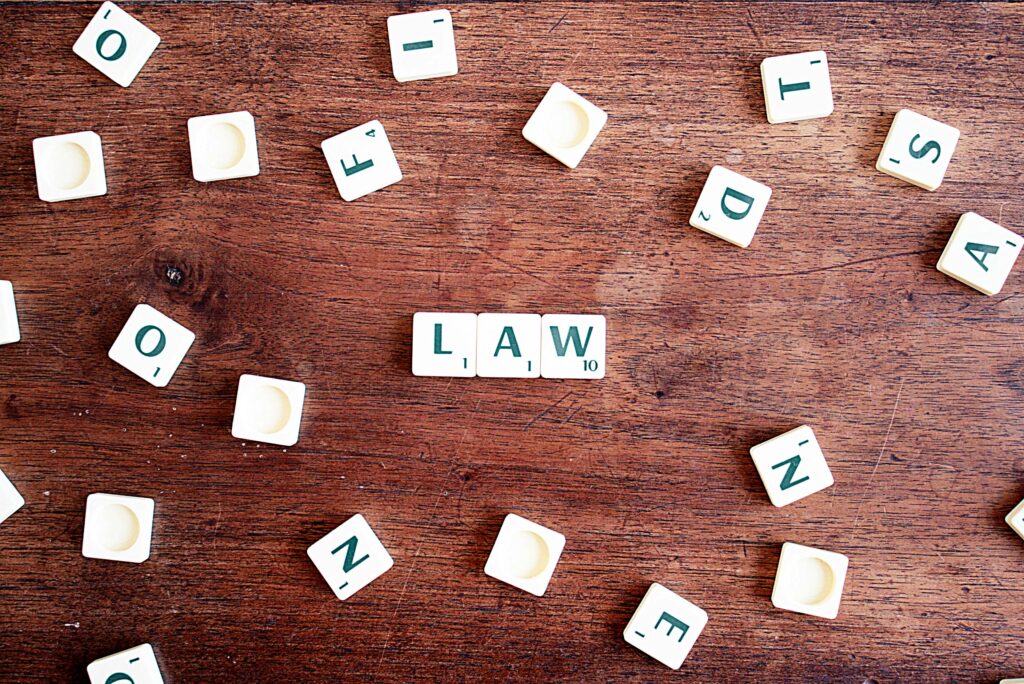Authored By: Pushkar Kumar
ICFAI Law School, Hyderabad
KEYWORDS: Domain Name; Trademark and Domain name; Domain Name Disputes; Domain Name Cases; Cybersquatting
INTRODUCTION:
Like the Industrial Revolution, the internet brought about a huge shift in the 19th century. The Internet was created to facilitate communication between individuals, but in a short period of time, it sprang to prominence as a crucial channel for social media, corporate transactions, and government policy. Many thousands of individuals have benefited from it, but there are also risks related to data privacy, intellectual property, and other areas. The challenges that the legislation has recently examined include how to prevent unauthorized use of the Internet while promoting the advancement of permitted innovation on it. Just like we have addresses for our homes and workplaces, domain names serve as the addresses for the internet.
Trademark law governs both cybersquatting and disputes over domain names. Due to the overwhelming number of instances of trademark infringement and malicious domain name registration on the internet, trademark law has expanded to include domain names. Most domain name disputes and cybersquatting cases fall under the going off category when no specific agreements are made about the matter.
DOMAIN NAME:
A domain name is a combination of typographic letters that is used to identify a certain location on the internet. The Uniform Resource Locator, or URL, is the name given to it. It is referred to as a website’s identity. Private businesses who need to establish their online reputation place a high value on their domain name. A similar domain name cannot be owned by both businesses. Consider www.google.com, www.yahoo.com, and several others.
A webpage’s connection to the World Wide Web is implied by the prefix “www.”
The name you choose for your website should ideally be instantly associated with your association or main company, such as “google.”
A top-level domain name, such as “.com,” indicates your association name or center company.
Occasionally, “.in” is used in place of “.com,” indicating that the company is registered in India (for example, olx.in, artel.in, eBay.in, and many more).
RELATION BETWEEN DOMAIN NAME AND TRADEMARK:
Domain names are now used as online trademarks. It also reveals a company’s level of excellence, safety, and kindness. Different types of cybersquatting exist. Typo squatting is the most used tactic, in which a cybersquatted registers domain names that are variations of well-known trademarks. Typo squatters acknowledge that throughout the process of inputting the domain names into their internet browsers, web clients may make mistakes. These names are well-known brand names or memorable phrases of brands or people, such “samsung.com” or “nokia.com.” A trademark provides a comparable purpose in unconnected commercial interactions, and a domain name does the same on the internet. It allows customers to determine the source of goods or services provided by the owner of those goods and businesses.
Several widely publicized examples of these kinds of domain name disputes include:
Candyland.com: After filing a lawsuit, Hasbro was able to obtain the domain name of candylan.com. The adult entertainment provider and Hasbro had both applied for the candyland.com domain name. Hasbro was the late registrant.
McDonalds.com: A reporter from Wired magazine grabbed this domain name while writing an article about domain name valuation. The author of the piece suggested that people contact him at ronald@mcdonalds.com if they had any suggestions on how to handle the domain name. The developer convinced the company to make a charitable pledge in exchange for McDonald’s getting back its domain name.
POLICIES ON DOMAIN NAME DISPUTE:
Starting with the domain name dispute policies that the organization that grants the domain name has identified is the best alternative method to take the issue all the way to the judiciary. The Network Solutions Inc. domain name dispute policy handled disputes that occurred before December 1999. In line with this widely criticized tactic, Network Solutions Inc. created a mechanism that allows a third party to contest a domain name owner’s right to use a certain domain name. The domain name would be suspended if the test proved to be successful. This standard only provided protection to companies whose nationally listed trademark was the same as the second-level domain name of a third party, such as Microsoft at www.microsoft.com.
Under this arrangement, neither the owner of an unregistered trademark nor the owner of a trademark that was confusingly similar but not identical may launch an activity. In the unlikely event if the domain name owner’s trademark enrollment was created before to the trademark’s first enrolment date, the domain name owner would need to flexibly register their own trademark for the second-level domain name. In the unlikely event if the owner of the domain name was unable to provide such a trademark enrollment, NSI would stop allowing anybody to use the name. This is true even if the challenging party was unable to provide sufficient evidence of trademark infringement (for further information, see to the BitLaw discussions on trademark infringement and trademark infringement on the Internet). The Internet Corporation for Assigned Names and Numbers (ICANN), which creates and uses the, has now taken the place of the standard and is utilized by all certified registrants. With this new method, the owner of a trademark can contest the existing domain name by launching a relatively modest authoritative system. To prevail, the owner of the trademark must demonstrate:
That the party that enrolled the domain name has no genuine right or enthusiasm for the domain name;
That the domain name was enrolled and used dishonestly; that the trademark owner claims a trademark, either enrolled or unregistered
That is the equivalent of or confusingly like the enlisted second-level domain name.
CASES ON DOMAIN NAME DISPUTE:
The plaintiff’s domain name was www.starbucks.in in the Starbucks Corporation v. Mohanraj case. The respondent’s domain name was found to be confusingly similar to the complainant’s domain name, making it difficult to differentiate between the two. The verdict was rendered on November 26, 2009. The respondent’s lack of genuine passion for the domain name was also seen. Furthermore, it was observed that the responder had used the impression dishonestly. The academic mediator determined that the disputed domain name was confusing, similar, and indistinguishable from the complaint, directly infringing upon their trademark. Since the respondent registered the domain name dishonestly, the complaint should be the rightful owner of the domain name.
CONCLUSION:
Many instances in India are resolved by trademark laws, which explain the concept of passing off while taking domain names into consideration in court, as well as by India’s dispute resolution policy, in the absence of a cyber law. A new law that would specifically handle domain name disputes and cybersquatting in India is desperately needed, given the problems Indian wards are facing and the many places that have been probed.





